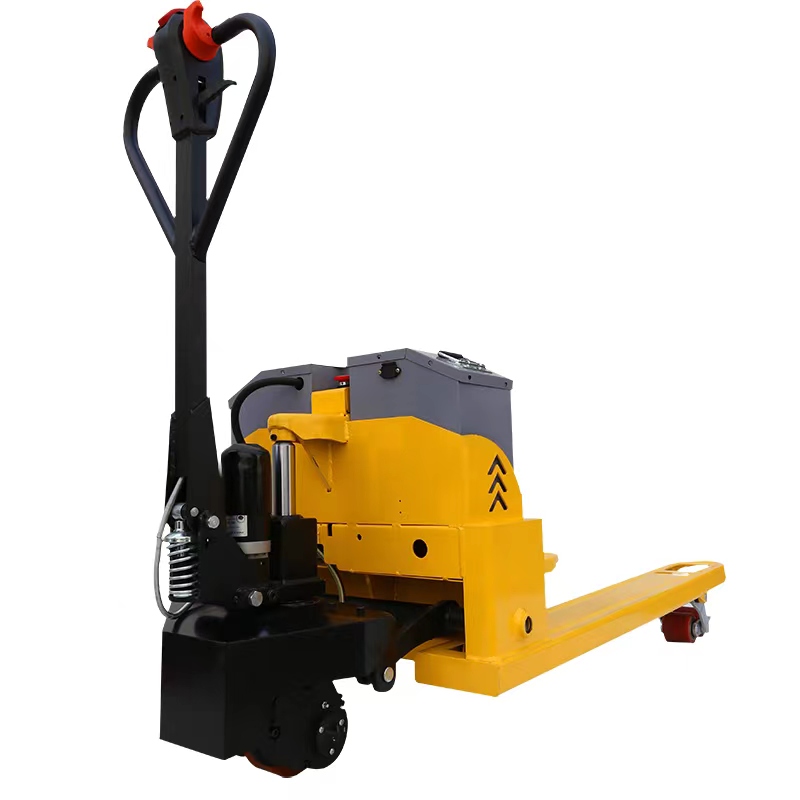


The Rise of Automated Pallet Trucks in Modern Warehousing
In the ever-evolving landscape of logistics and supply chain management, automated pallet trucks have emerged as a pivotal innovation. These advanced vehicles are designed to optimize the handling, movement, and storage of goods in warehouses and distribution centers. With the growing demand for efficiency and accuracy in logistics, automated pallet trucks are becoming more prevalent, paving the way for smarter and more streamlined operations.
Automated pallet trucks, also referred to as automated guided vehicles (AGVs) or autonomous mobile robots (AMRs), are equipped with sensors, cameras, and advanced navigation systems that allow them to operate independently. They can transport pallets of goods from one location to another without the need for human intervention. This shift from manual to automated systems addresses several challenges faced by traditional warehousing operations, such as labor shortages, increasing labor costs, and the need for enhanced safety measures.
One of the primary benefits of automated pallet trucks is their ability to reduce operational costs. By automating the movement of goods, companies can minimize the reliance on manual labor, which often incurs significant expenses associated with wages, training, and benefits. Additionally, automated pallet trucks work efficiently around the clock, ensuring that operations run continuously without the downtime associated with human workers who require breaks and shifts. This increased productivity can lead to quicker turnaround times and improved order fulfillment rates.
Safety is another critical advantage of implementing automated pallet trucks in a warehouse setting
. Accidents caused by manual handling of heavy loads can lead to serious injuries and increased liability for companies. Automated pallet trucks are designed with safety features such as collision detection, emergency stop functionalities, and the ability to navigate around obstacles, significantly reducing the risk of accidents. By minimizing the need for human operators to handle heavy lifting, organizations can create a safer work environment.
Moreover, automation contributes to enhanced accuracy in inventory handling. Automated pallet trucks use sophisticated tracking systems that minimize the chances of errors in picking and transporting goods. With real-time data integration, these vehicles can communicate with warehouse management systems (WMS), enabling precise inventory management. This level of accuracy not only reduces discrepancies but also improves customer satisfaction, as orders are fulfilled correctly and on time.
The technology behind automated pallet trucks continues to advance, with innovations such as artificial intelligence (AI) and machine learning enhancing their capabilities. These technologies allow the trucks to learn from their environment, adapt to changes, and optimize their routes dynamically. As they become more sophisticated, the potential applications for automated pallet trucks expand beyond simple transportation tasks, paving the way for more complex operations such as sorting and inventory tracking.
Despite their numerous advantages, the adoption of automated pallet trucks does present challenges, particularly in terms of initial investment and integration into existing systems. Companies must weigh the upfront costs of purchasing and implementing these technologies against long-term savings and efficiency gains. Careful planning and a well-defined strategy are essential to ensure a smooth transition to automation.
In conclusion, automated pallet trucks are transforming the logistics and warehousing industries by enhancing efficiency, safety, and accuracy. As technology continues to progress, the capabilities of these vehicles will only improve, making them an indispensable asset for businesses looking to thrive in an increasingly competitive market. Embracing automation is not merely a trend; it is a strategic move towards a more efficient and effective supply chain, capable of meeting the demands of the future. As companies leverage the benefits of automated solutions, they position themselves at the forefront of innovation in logistics, ready to tackle the challenges of an evolving marketplace.



